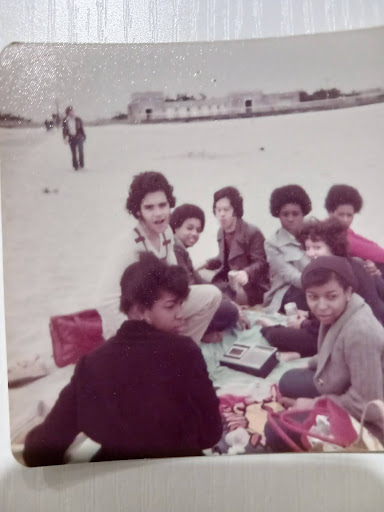On Thursday, November 14th, Tech received a quiet, yet important, visit. Accompanied by a swarm of intelligence agents and leather briefcases, Dr. Stacy Dixon took the stand in the library. As Principal Deputy Director of National Intelligence (PDDNI), Dixon was in New York for a Department of Homeland Security meeting last week and took the opportunity to make a stop at a local high school.
Dixon started by sharing her inspiring journey from the classrooms of Georgia Tech as a Mechanical Engineering major to one of the most powerful offices in the country. Dixon explained that she never imagined herself in the intelligence community. “I thought I was headed towards a career in academia,” she admitted.
Dixon soon discovered that being a professor at a research university would require her to delve deeply into one subject, something her inquisitive mind was not yet prepared to do. As a DC native, Dixon shared that her change of heart was inspired by family friends in national intelligence that surrounded her growing up. “My goal was to go in and figure out what an engineer could do in government,” Dixon said.
Dixon described her transition from graduate school to the CIA, saying, “I went from building artificial arteries to building satellites.” Before becoming PDDNI, Dixon worked in Congress as a member of the House Permanent Select Committee on Intelligence for over three years. She found that with her unique perspective on technology she could provide information that would inform the actions of the Executive Branch. Even so, Dixon always wanted to return to intelligence because she “really enjoyed being part of the solutions…to keep the country safe.”
That being said, the solutions are not always easy. As global issues and technology become hyper-politicized and polarized, the non-partisan work of National Intelligence agencies is becoming increasingly difficult. Dixon used climate change as an example by saying, “there are certain folks who still don’t believe in climate change. We see the national security implications of that.” Ultimately, however, Dixon concluded that intelligence agents “are not policy makers.” “We say what we see and that’s how we best contribute to the policymakers’ job,” she explained.
Dixon also discussed specific policy and the challenges facing the intelligence community. One of the most pressing issues she highlighted was the incumbent Department of Government Efficiency’s proposal to cut $1 trillion from federal spending.
Dixon acknowledged the uncertainty surrounding these potential cuts, emphasizing that while the goal is to improve accountability and align with national values, it remains unclear which major initiatives might be affected. “We’re preparing ourselves,” Dixon said, “but whether some of the major initiatives will be cut, we don’t know the details. I hope the cuts don’t impact the major projects of the CIA.”
For the students of Brooklyn Tech, Dixon’s visit was not only a lesson in the nature of intelligence work but also a representation that a STEM education can open doors to unexpected fields. “In the intelligence community, we know that it is imperative that we connect with audiences nationwide, especially students. Students are our future — and hopefully, increasingly, will be the future of the intelligence community,” Dixon shared, as to her central purpose of the visit.
Shortly after her appearance, teachers throughout the building received mail promoting the National Youth Leadership Forum for National Security, an eight day summer program in DC that aims to educate students from across the nation on the ins and outs of national security.

Both Dixon’s visit and this mail recruitment initiative have made it clear that Tech students exemplify the qualities, and specific STEM skills, that the Intelligence Agency is looking for. In a world where technology plays an ever-present role, fields such as National Intelligence or cyber security are opportunities for students to apply their knowledge and be part of a larger context.








































